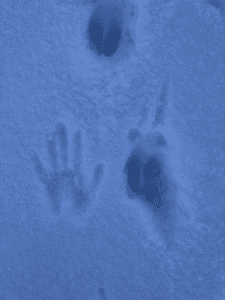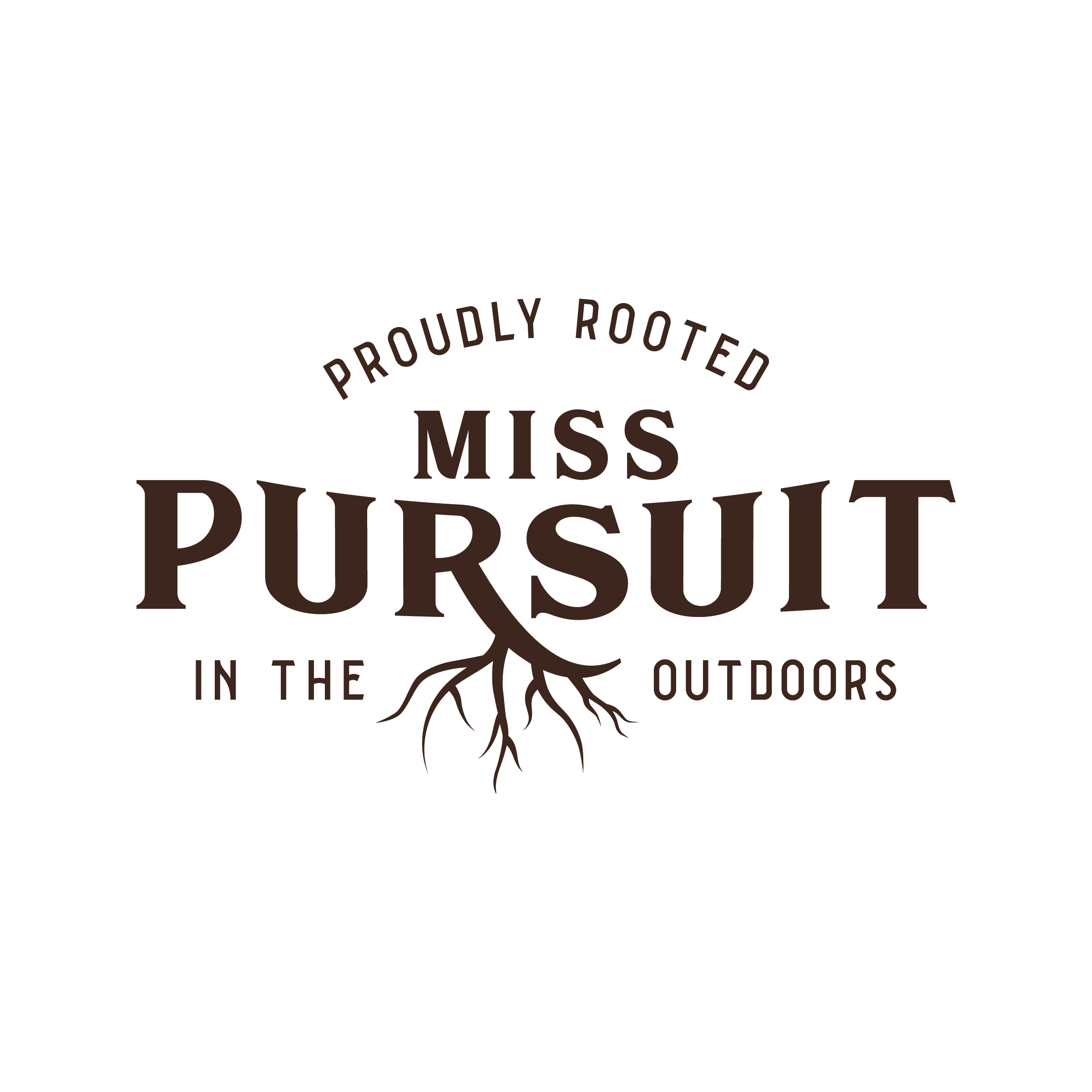Scouting is one of my favorite things to do before each hunting season. Scouting can improve your odds greatly and ensure that you don’t waste your time scouting instead of hunting!
There are two ways I enjoy scouting – online and in the field.
Online Scouting
Scouting online is a new tool that has really started to grow over the past few years and make scouting easier for anybody. Things like onX maps and Google Earth are great to use before going out in the field. Looking at the maps they provide enables you to look at areas without having to go there physically.
If you don’t have a ton of scouting days, these tools can make a huge difference by rounding out certain areas based on terrain. If I want to hunt river bottom whitetails, then I should try to find an area with good river bottoms that I can access through public land. Apps like onX can help you identify these areas from home without having to waste the time and fuel to go and physically look. However, once you round down your potential areas through online scouting, you will want to go check them out to make sure the animals are actually there.

Scouting in the Field
The importance of scouting in the field it’s important to know what to look for. Some of the best things to look for are signs that animals inhabit that area. Bedding areas, feeding areas, cover, and water are the biggest things to look for. While looking for these bigger signs, look for the small things that animals leave behind, such as scat, tracks, and sometimes even rubs and hair (especially deer and elk).

Finding these will ensure that those animals are in the area, however the best way to be sure that the animal you are looking for is truly there is to see them. Be sure to find a good spot to sit and glass to pick apart the country. Once you see some of the animals that you’re looking for, you’ll know they are there and where to look when you come back to hunt!
How To Scout for Deer
Know the Area: Before scouting for deer, it's important to have a good understanding of the area you'll be hunting in. Look for areas with natural food sources, such as acorns, berries, and other vegetation. Also, pay attention to water sources and areas with good cover for deer to bed down in.
Look for tracks and droppings: One of the easiest ways to scout for deer is to look for tracks and droppings. Deer leave behind distinctive tracks and droppings that can help you identify their travel patterns and feeding areas.
{{The Anatomy of a Deer: From Antlers to Hooves}}
Use trail cameras: Trail cameras are a great tool for scouting for deer. Set up cameras in areas where you've seen tracks or other signs of deer activity. This will allow you to monitor the area and get a better idea of when and where the deer are moving.
Look for rubs and scrapes: Deer will often rub their antlers on trees and create scrapes in the ground to mark their territory. Look for these signs of deer activity to help you identify areas where deer are likely to be.
Pay attention to the weather: Deer are more active during certain times of the day and in certain weather conditions. Pay attention to the weather forecast and plan your scouting trips accordingly. For example, deer are more likely to be active during cooler temperatures and overcast days.
Use binoculars: Binoculars are a great tool for scouting for deer from a distance. Use them to scan the area for deer and other wildlife. This will allow you to get a better idea of the deer's travel patterns and feeding areas without disturbing them.
Be patient: Scouting for deer takes time and patience. Don't expect to find deer on your first scouting trip. It may take several trips to identify the areas where deer are most active. Be patient and persistent, and you'll increase your chances of a successful hunt.
